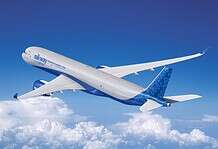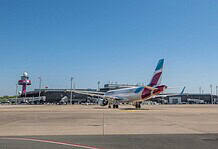This site is also available on:
Deutsch
The challenges posed by turbulence in air traffic are steadily increasing worldwide, creating a significant burden for both airlines and passengers. For Emirates, one of the world’s leading international airlines, managing these weather-related disruptions is a top priority.
To reduce the inconvenience caused by sudden and severe turbulence, the airline is pursuing a data-driven and innovative approach based on the integration of diverse information sources and modern technologies. The goal is to better predict incidental turbulence and thereby noticeably increase travel comfort and safety for passengers and crew members.
Through the consistent implementation of a multi-layered system, Emirates has significantly reduced the frequency of unexpected severe turbulence on its flight routes over the past year. At the heart of this system are partnerships with specialized companies and initiatives that integrate artificial intelligence (AI), machine learning, and real-time flight and weather reports to optimize data quality and utilization.
Technology-based early warning systems for turbulence
A key component of the strategy is the cooperation with technology-oriented partners such as SkyPath, Lufthansa Systems, and the International Air Transport Association (IATA) within the framework of the Turbulence Aware program. This collaboration enables Emirates to use a sophisticated system for predicting and detecting turbulence, based on a comprehensive data foundation.
SkyPath has proven to be an innovative partner, using AI and machine learning to identify weather-related turbulence more accurately than previous methods. By integrating real-time data from thousands of aircraft, including technologies such as Eddy Dissipation Rate (EDR) and ADS-B transponder signals, Emirates gains comprehensive weather information in real time, enabling the early detection of even challenging phenomena like clear-air turbulence. The use of patented iPad accelerometers, which translate motion into precise turbulence measurements, provides an additional level of accuracy, delivering actionable data directly to pilots in the cockpit.
In parallel, Emirates uses Lido mPilot, a specialized solution from Lufthansa Systems tailored to the airline’s specific needs. This mobile navigation and charting app combines high-quality weather forecasts, such as those provided by the German Weather Service, with live data on cloud formation, convection, and predictions of turbulence and icing. This detailed information significantly enhances pilots’ situational awareness and supports them in optimal flight planning.
Furthermore, integrating turbulence data into the IATA Turbulence Aware program allows Emirates to access a global database and contribute its own data. This collaborative approach not only improves the accuracy of forecasts but also contributes to the development of common standards within the aviation industry.
Improvement of flight safety and passenger comfort
Technological advancements and data-driven approaches are making a significant contribution to improving flight safety. By integrating collected turbulence information into the electronic flight manual and mobile charting tools, pilots receive real-time visualizations of potentially turbulent airspace. This feedback enables flight crews to proactively plan alternative routes, fly around turbulence areas, and thus avoid unexpected violent movements.
In addition to increased safety, these measures also significantly improve in-flight comfort and minimize stress for passengers. Early detection and avoidance of turbulence reduce the risk of injury and ensure the smoothest possible journey. At the same time, aircraft benefit from more efficient route planning, leading to optimized fuel consumption. Fuel savings have a positive impact on the environmental footprint of air travel and align with Emirates’ sustainable business strategy.
Captains and managers emphasize that turbulence remains a challenge that cannot be completely eliminated. However, the results to date demonstrate that the consistent use of modern technologies and collaborative partnerships brings measurable progress that will change standards in flight safety and operational efficiency in the long term.
Future prospects and industry significance
Emirates is positioning itself as a pioneer in the aviation industry with its methodical and innovative approach. The company sees the combination of big data, artificial intelligence, and international data exchange as playing a key role in managing meteorological challenges such as turbulence.
Emirates’ active participation in programs like the IATA Turbulence Aware project demonstrates its collaborative approach, which extends far beyond its own flight routes. The insights and data gained contribute to advancing the entire industry and establishing best practices for all market participants.
Future developments are expected to rely even more heavily on the further development of AI-based algorithms and the development of new data sources. The expansion of communication networks between aircraft should also ensure even more precise and faster transmission of turbulence information. Aviation industry professionals see these approaches as a major step forward that not only increases safety but also improves the passenger experience.
Furthermore, the implementation of such technological innovations requires close cooperation with institutional partners and regulatory authorities to set standards and ensure the acceptance of new technologies.
Conclusion: Better turbulence predictions through the combination of information systems
The increasing importance of turbulence analysis and prediction in air traffic represents a critical development for airlines worldwide. Emirates, with its multi-layered, data-driven approach, has demonstrated how partnerships, the use of AI, machine learning, and the combination of various information systems can achieve significantly improved turbulence predictions. These measures contribute substantially to increased flight safety, passenger satisfaction, and optimized fuel consumption.
Despite the inevitability of occasional turbulence, Emirates’ continuous research and application of new technologies underscores its commitment to constantly improving the flight experience. Its active role in global data exchange through the IATA program represents a significant step that benefits not only its own network but the entire aviation industry.
Overall, it is clear that the future of aviation safety depends heavily on the intelligent integration of precisely recorded weather data, innovative software, and international cooperation. Emirates thus exemplifies how a modern airline can proactively respond to meteorological challenges and contribute to safe and enjoyable air travel through innovative approaches.

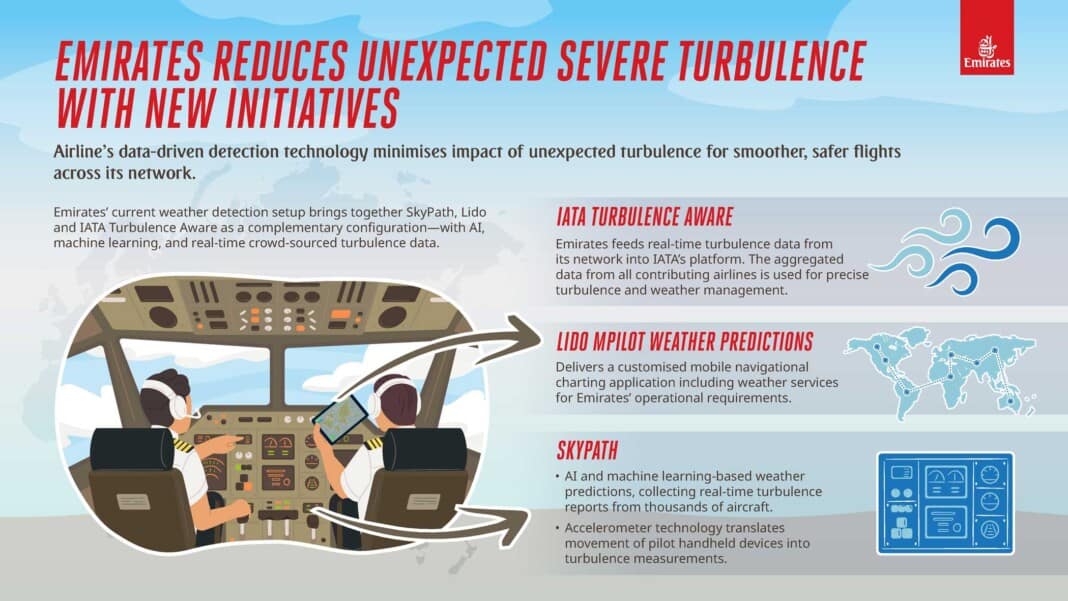
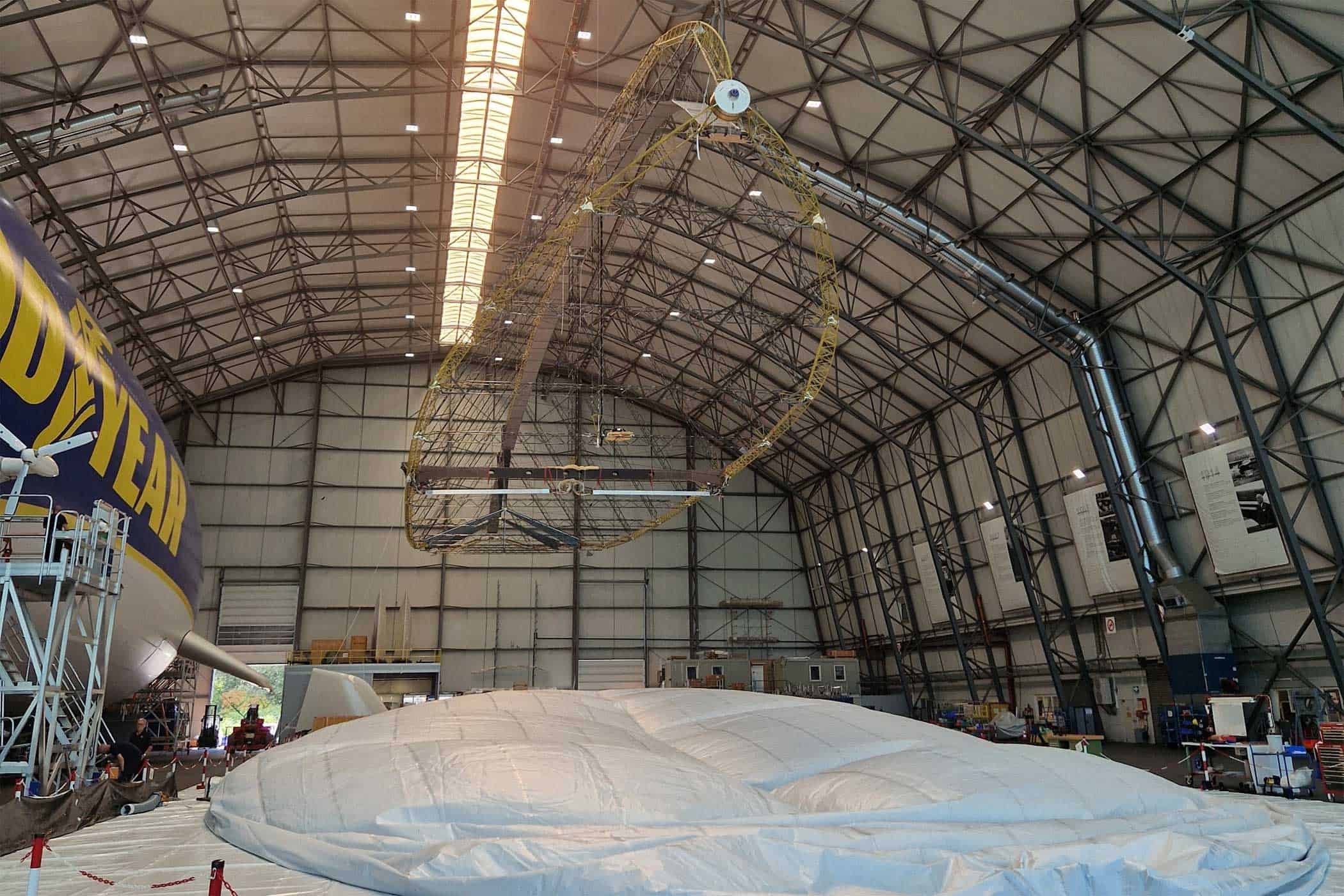 Zeppelin NT airship conquers the skies of the Lake Constance region (Zeppelin NT airship conquers the skies of the Lake Constance region)
Zeppelin NT airship conquers the skies of the Lake Constance region (Zeppelin NT airship conquers the skies of the Lake Constance region)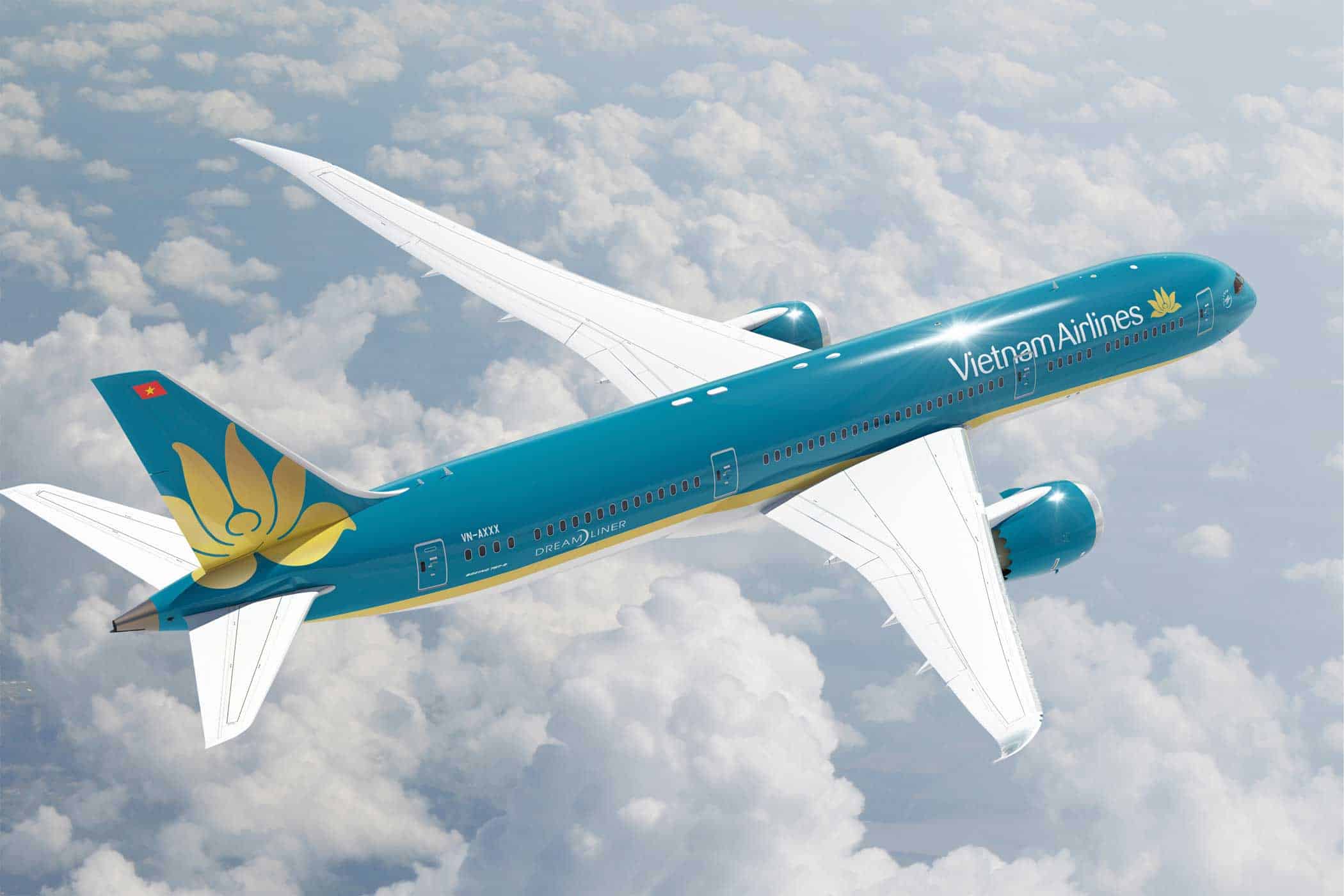 Vietnam extends visa-free entry until 2028 (Vietnam extends visa-free entry until 2028)
Vietnam extends visa-free entry until 2028 (Vietnam extends visa-free entry until 2028) ver.di integrates TGL and strengthens aviation presence (ver.di integrates TGL and strengthens aviation presence)
ver.di integrates TGL and strengthens aviation presence (ver.di integrates TGL and strengthens aviation presence)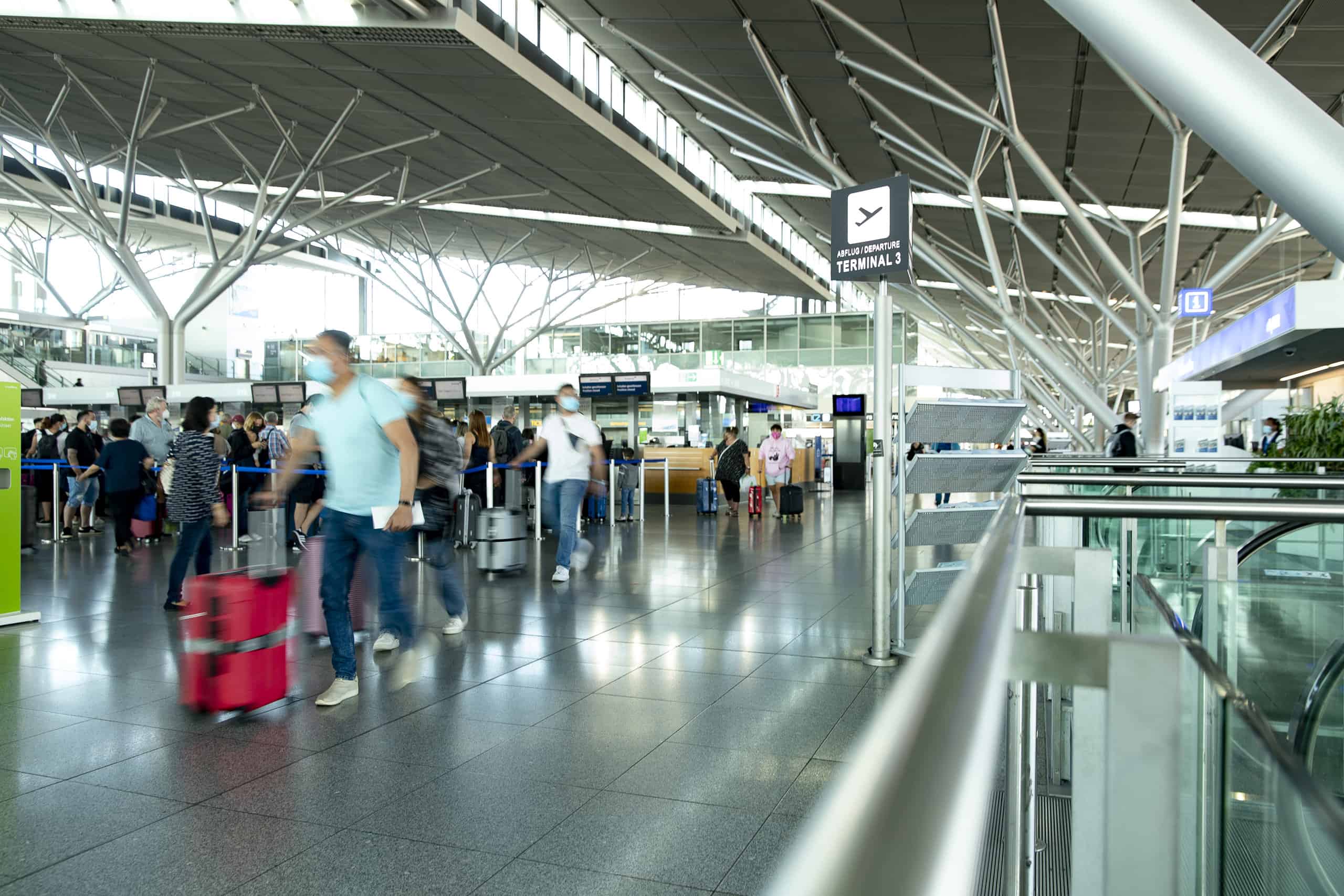 ver.di announces strike at Stuttgart Airport (ver.di announces strike at Stuttgart Airport)
ver.di announces strike at Stuttgart Airport (ver.di announces strike at Stuttgart Airport) Turkish Aerospace and Embraer strengthen aviation industry (Turkish Aerospace and Embraer strengthen aviation industry)
Turkish Aerospace and Embraer strengthen aviation industry (Turkish Aerospace and Embraer strengthen aviation industry)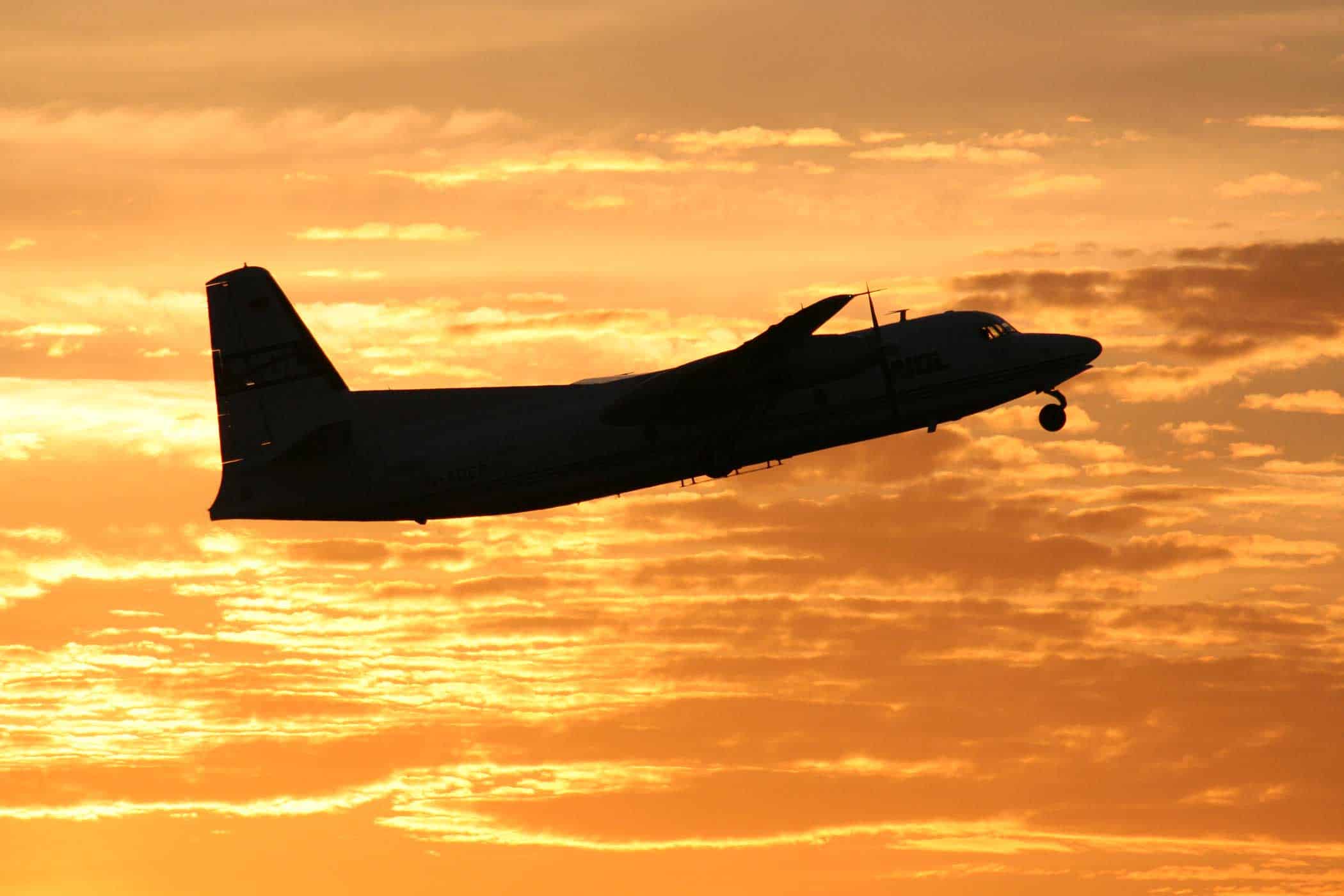 Traditional brand German Airways celebrates its 70th anniversary (Traditional brand German Airways celebrates its 70th anniversary)
Traditional brand German Airways celebrates its 70th anniversary (Traditional brand German Airways celebrates its 70th anniversary)